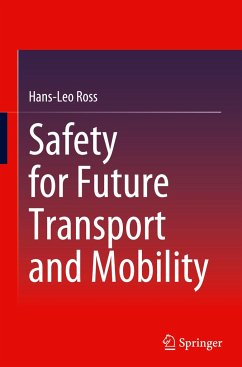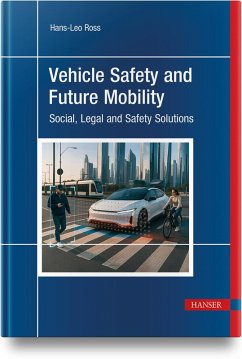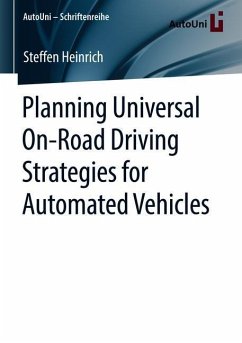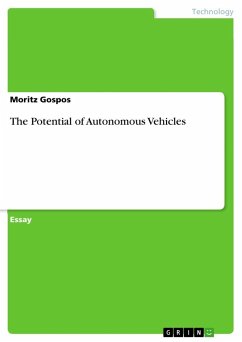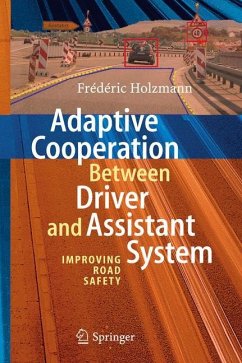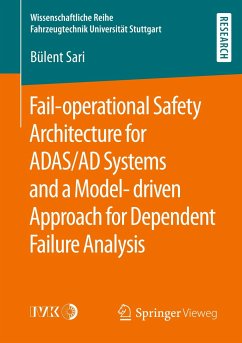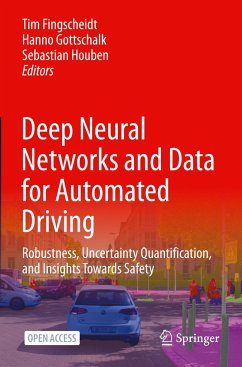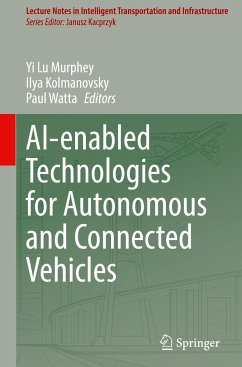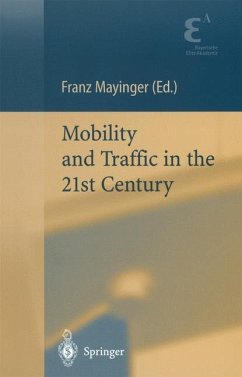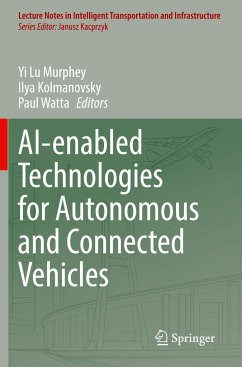
Safety for Future Transport and Mobility
Versandkostenfrei!
Versandfertig in 6-10 Tagen
136,99 €
inkl. MwSt.
Weitere Ausgaben:

PAYBACK Punkte
68 °P sammeln!
The book provides background information about technical solutions, processes and methodology to develop future automated mobility solutions. Beginning from the legal requirements as the minimum tolerable risk level of the society, the book provides state-of-the-art risk-management methodologies. The system engineering approach based on todays engineering best practices enhanced by principles derived from cybernetics. The approach derived from the typical behaviour of a human driver in public road traffic to a cybernetical based system engineering approach. Beyond the system engineering approa...
The book provides background information about technical solutions, processes and methodology to develop future automated mobility solutions. Beginning from the legal requirements as the minimum tolerable risk level of the society, the book provides state-of-the-art risk-management methodologies. The system engineering approach based on todays engineering best practices enhanced by principles derived from cybernetics. The approach derived from the typical behaviour of a human driver in public road traffic to a cybernetical based system engineering approach. Beyond the system engineering approach, a common behaviour model for the operational domain will show aspects how to extend the system engineering model with principles of cybernetics. The role and the human factors of road traffic participants and drivers of motor vehicles are identified and several viewpoints for different observers show how such mixed traffic scenarios could be assessed and optimised. The influence of the changing mobility demands of the society and the resulting changes to the origination of producer, owner, driver and supplier show aspects for future liability and risk share option for new supply chains. Examples from various industries provide some well-proven engineering principles how to adapt those for the future mobility for the benefit of the users. The aim of the book is to raise awareness that the safety provided by a product, a means of transport or a system up to an entire traffic system depends on the capabilities of the various actors. In addition to the driver and passengers, there are also other road users, maintenance personnel and service providers, who must have certain abilities to act safely in traffic. These are also the capabilities of the organisation, not only the organisation that develops or brings the product to market, but also the organisation that is responsible for the operation and the whole lifecycle of the products.
The book is for people who wantto get involved in the mobility of the future. People, that have ideas to become a player who want to help shape the future mobility of society and who want to bring responsible solutions for users into the market.
The book is for people who wantto get involved in the mobility of the future. People, that have ideas to become a player who want to help shape the future mobility of society and who want to bring responsible solutions for users into the market.





